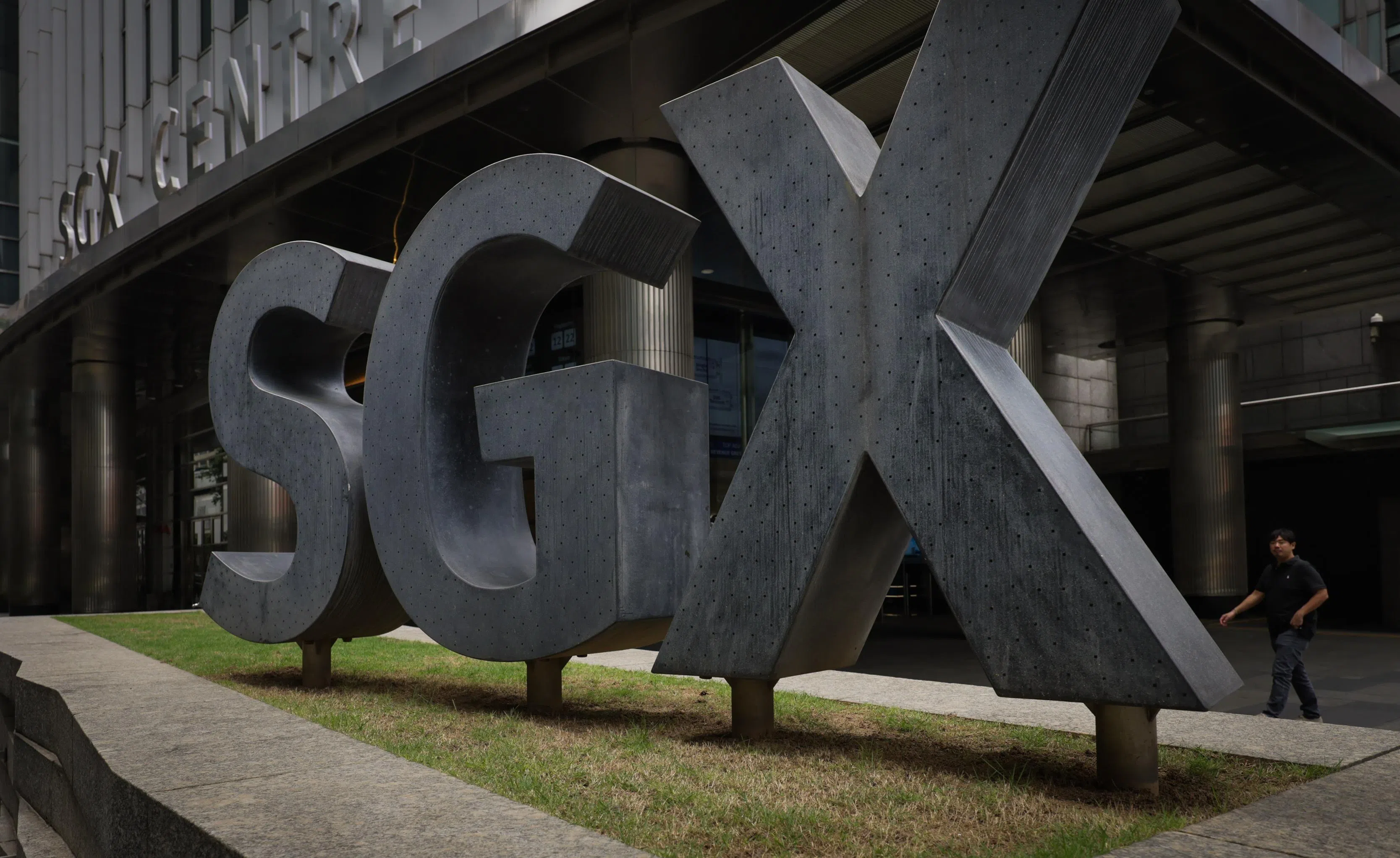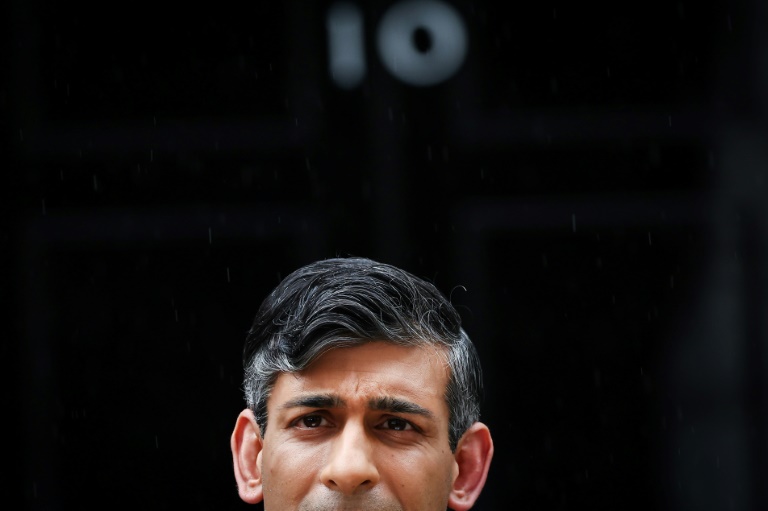South Korea’s central bank held interest rates at a 15-year high on Thursday (May 23), and struck a balanced policy tone while reiterating risks around inflationary pressures in the wake of stronger-than-expected economic growth.
Governor Rhee Chang-yong said for now the Bank of Korea (BOK) will continue to keep policy restrictive at the current 3.5 per cent benchmark rate, amid sticky inflation and the surprise first-quarter growth performance.
“There are expectations for interest rate cuts in the second half, but uncertainties over the timing of it is now even greater,” Rhee told a press conference soon after the BOK unanimously held its key rate steady, as expected by all 43 analysts polled by Reuters.
“It’s not like growth is excessively hot, so it is desirable to normalise restrictive interest rates should inflation stabilises to the target level which we are hoping for.”
The BOK also raised the growth forecast for this year to 2.5 per cent from 2.1 per cent, after Asia’s fourth-biggest economy grew at its quickest pace in two years in Q1.
The bank kept its February inflation outlook for this year at 2.6 per cent, as the impact from stronger growth “was not seen big enough to alter” the forecast, Rhee said.
GET BT IN YOUR INBOX DAILY
Start and end each day with the latest news stories and analyses delivered straight to your inbox.
South Korea’s policy-sensitive three-year treasury bond futures started to rise after the BOK kept its inflation forecast for this year, and extended gains to as much as 0.13 points to 104.54 during Rhee’s news conference.
“There is some relief in the market that the BOK maintained its inflation outlook, and given that short-term outlook among board members remains the same, expectations the BOK will start cutting rates in the second half is very much alive,” said Ahn Jae-kyun, an analyst at Shinhan Securities, who sees a 25-basis-point (bps) cut in Q4.
The BOK’s tightening cycle began earlier than most global peers in mid-2021, with policy interest rates rising by a cumulative 300 bps to 3.5 per cent.
As with the rest of the world, the central bank is closely monitoring the debate around the timing of the Federal Reserve’s interest rate cuts, as any easing in the US could drive up the won and alter inflation dynamics.
South Korean inflation is coming down, as April headline data showed an easing for the first time in three months to 2.9 per cent, but it remains above the BOK’s target rate of 2 per cent.
Median forecasts show analysts see the benchmark interest rate will remain unchanged through Q3 before a 50-bps cut in Q4, as some pushed back their timing of cuts after the stronger-than-expected gross domestic product data.
In an April survey, the consensus view predicted 25 bps each in Q3 and Q4. REUTERS







